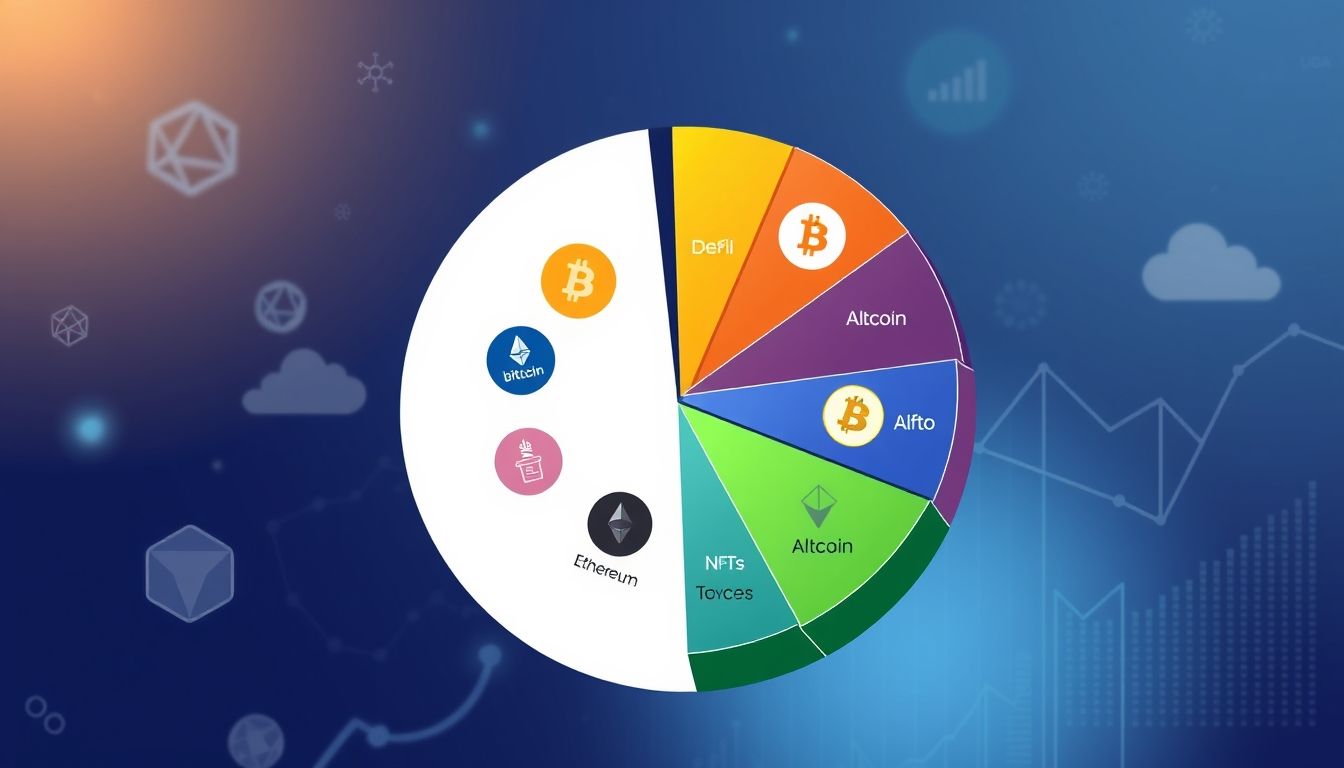Introduction to the World of Staking and Mining in Cryptocurrencies
In the rapidly evolving world of cryptocurrencies, staking and mining stand out as two primary methods for participating in the network and earning rewards. While mining requires a significant investment in hardware and high computing power, staking allows users to earn cryptocurrencies simply by holding them and contributing to the security of the network. This article will provide you with a comprehensive guide on how to leverage staking and mining to generate profits in the cryptocurrency market, focusing on practical aspects and effective strategies.
Chapter 1: Understanding the Basics of Staking
What is Staking?
Staking is the process of holding cryptocurrencies in a digital wallet to support the operations of the blockchain network. In return, users receive rewards. Staking is a fundamental part of the Proof of Stake (PoS) mechanism, which is an alternative to the Proof of Work (PoW) mechanism used in mining.
How Does Staking Work?
When you stake your cryptocurrencies, you are essentially locking them up to help validate transactions and create new blocks on the blockchain. Validators are chosen based on the amount of cryptocurrency they have staked. The more cryptocurrency staked, the higher your chances of being selected as a validator and earning rewards.
Cryptocurrencies that Support Staking
Many cryptocurrencies rely on the Proof of Stake mechanism and support staking, including:
- Ethereum
- Cardano
- Solana
- Polkadot
- Tezos
Chapter 2: Different Types of Staking
Direct Staking
Direct staking involves holding cryptocurrencies in your own wallet and running a node to participate in the validation process. This type of staking requires technical knowledge and experience in managing servers.
Exchange Staking
Many exchanges, such as Binance and Coinbase, offer staking services to users. You can simply deposit your cryptocurrencies on the platform and participate in staking without needing to manage a node.
Staking Pools
Staking pools are groups of users who combine their cryptocurrencies to increase their chances of earning rewards. The pool manages the staking process and distributes the rewards to the participants.
Chapter 3: Advantages and Disadvantages of Staking
Advantages
- Earning passive income from held cryptocurrencies.
- Contributing to the security and stability of the blockchain network.
- Does not require a significant investment in hardware.
Disadvantages
- Lock-up period may prevent you from accessing your cryptocurrencies in case of need.
- Risks of hacking or technical errors that may lead to the loss of cryptocurrencies.
- Cryptocurrency price fluctuations may affect the value of rewards.
Chapter 4: Successful Staking Strategies
Choosing the Right Cryptocurrency
Look for cryptocurrencies with a strong project, an active development team, and a large community. Check the Annual Percentage Yield (APY) offered by the cryptocurrency.
Diversifying the Portfolio
Do not put all your money into one cryptocurrency. Diversify your portfolio to distribute risks and increase your chances of earning rewards.
Reinvesting Rewards
Reinvest the rewards you earn to increase the amount you are staking and thus increase your profits.
Chapter 5: Introduction to the World of Mining
What is Mining?
Mining is the process of validating transactions and adding new blocks to the blockchain using high computing power. In return, miners receive rewards in the form of new cryptocurrencies.
How Does Mining Work?
Mining requires solving complex mathematical equations using specialized hardware called Graphics Processing Units (GPUs) or Application-Specific Integrated Circuits (ASICs). The miner who solves the equation first is chosen to add the new block to the blockchain and receive the reward.
Cryptocurrencies that Rely on Mining
The most famous cryptocurrencies that rely on mining are:
- Bitcoin
- Litecoin
- Monero
Chapter 6: Different Types of Mining
Solo Mining
Solo mining involves running your own mining rig and trying to solve the equations on your own. This type of mining requires a significant investment in hardware and high technical knowledge.
Mining Pools
Mining pools are groups of miners who combine their computing power to increase their chances of earning rewards. The pool distributes the rewards to the participants based on the amount of computing power they contributed.
Cloud Mining
Cloud mining allows users to rent computing power from a mining service provider without needing to purchase or manage their own hardware.
Chapter 7: Advantages and Disadvantages of Mining
Advantages
- Potential to earn significant profits from mining rewards.
- Contributing to the security and stability of the blockchain network.
Disadvantages
- Requires a significant investment in hardware.
- High energy consumption.
- Increasing difficulty in mining makes it difficult to earn rewards.
Chapter 8: Successful Mining Strategies
Choosing the Right Cryptocurrency
Look for cryptocurrencies with a reasonable mining difficulty and rewarding payouts. Check the cost of electricity in your area and try to choose cryptocurrencies that can be mined profitably.
Choosing the Right Hardware
Choose mining hardware that is highly efficient in energy consumption and has strong computing power. Compare the prices and specifications of the hardware before purchasing.
Joining Mining Pools
Joining mining pools increases your chances of earning rewards and reduces the volatility of profits.
Chapter 9: Comparison Between Staking and Mining
| Feature | Staking | Mining |
|---|---|---|
| Initial Investment | Low | High |
| Energy Consumption | Low | High |
| Technical Knowledge | Medium | High |
| Risks | Low | Medium |
| Potential Profits | Medium | High |
Chapter 10: Tips for Maximizing the Benefits of Staking and Mining
In conclusion, staking and mining are two excellent ways to earn cryptocurrencies and contribute to the security of blockchain networks. Whether you choose staking or mining, be sure to do thorough research and understand the potential risks and rewards. Here are some additional tips:
- Stay up-to-date with cryptocurrency news and technologies.
- Use secure wallets to protect your cryptocurrencies.
- Do not invest more than you can afford to lose.
- Consult a financial advisor before making any investment decisions.




